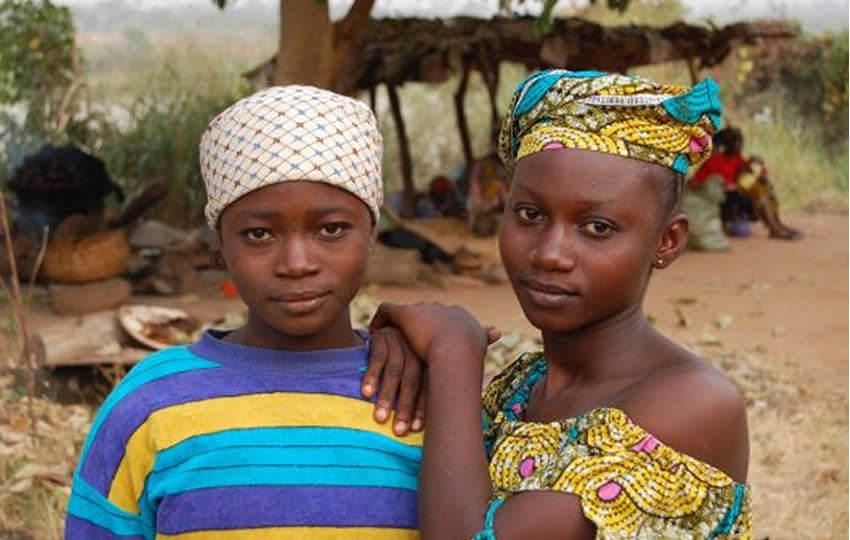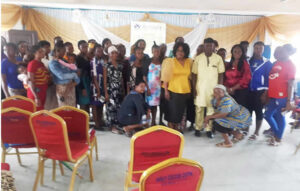By Abigail Dunn
- Enrollment and Completion of Primary School Improving. Although Nigeria continues to face struggles getting its young females to enter and remain in school, the nation has made considerable progress in recent years. According to the World Bank’s Education Data, the number of girls enrolled in primary school increased from 79 percent to 92.3 percent between 2008 and 2013. Enrollment of boys likewise rose, from 89 to 95.2 percent, continuing to remain slightly higher than that of girls. In addition, rates of primary school completion are also on the rise. In 2008, 64.1 percent of girls (while, by comparison, 75.3 percent of boys) completed primary school; in 2010, those numbers had risen to 68.9 and 78.4 percent, respectively. Despite progress, there is still considerable room for improving girls’ education in Nigeria — especially regarding school retention. In fact, a significant portion of girls enrolled in primary school are not completing it.
- Financing Education. Officially, education is free and mandatory for all children in Nigeria, both boys and girls, between the ages of six and 15. That being said, Adamu Hussaini, Nigeria’s Secretary of Education, said in 2017 that an estimated 10.5 million kids were either not enrolled in or not regularly attending school. Many schools, especially rural ones, continue to charge unofficial school fees. The reasons for not attending school for girls range from ideological beliefs about the unimportance of education for females to being unable to afford the unofficial school fees. Beliefs persist that girls’ education in Nigeria is unimportant. Many who are willing to pay school fees for their sons would rather keep their daughters at home and working. However, eliminating these unofficial fees can be one of the easiest ways to increase female enrollment and attendance. Groups like the Global Partnership for Education and the Peace Corps offer scholarships, paying the school fees for a girl whose parents promise to let her complete her mandated 10 years of education.
- The Role of Mentorship. The importance of mentorship and having female role models should not be underestimated. As more women pursue higher education and enter careers, younger girls will have role models to show them that higher education is attainable for females. Also, these role models will demonstrate that pursuing education opens doors to opportunities otherwise forever unavailable to girls. Many schools in Nigeria hoping to increase female attendance have begun peer mentorship programs in which older girls connect with younger ones, giving the former an immediate sense of meaning for their education (helping younger kids) and the latter both academic and social role models to hopefully encourage them to keep coming to school.
- Women at Nigeria’s Universities. Increased participation of women in the education sector is also visible at the university level — when Nigeria gained independence in 1960, only 7.7 percent of Nigeria’s college students were female. By 2001, that number had skyrocketed to 41.7 percent and it continues to rise. In 2009, 45 percent of all university students in Nigeria were female.
- Societal Benefits of Educating Women. Levels of female education correlate directly with improved health and an overall increased quality of life. Educated women are more likely to seek proper medical care both for themselves — especially maternal care — and their children. Likewise, higher rates of female education correspond with lower HIV and STD rates. Women also are less likely to get married or give birth as teenagers if pursuing an education. The benefits of extending education to women reach not only those specific women, but society as a whole. Many experts agree that focusing on women’s education is one of the best investments a developing nation can make, for female education rates are directly correlated with national economic growth. Educated women are more likely to hold stable jobs, less likely to be in poverty, and more likely to contribute to the overall economy.




